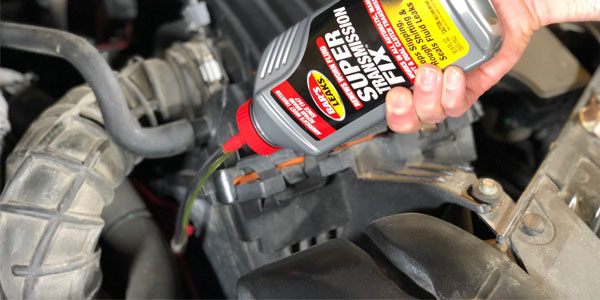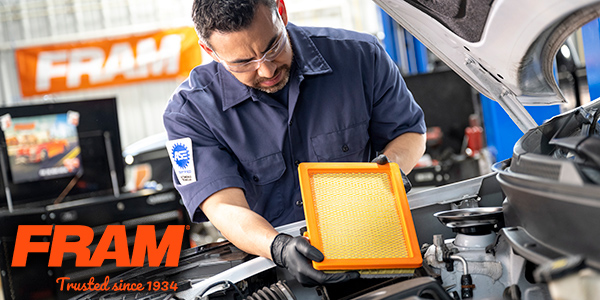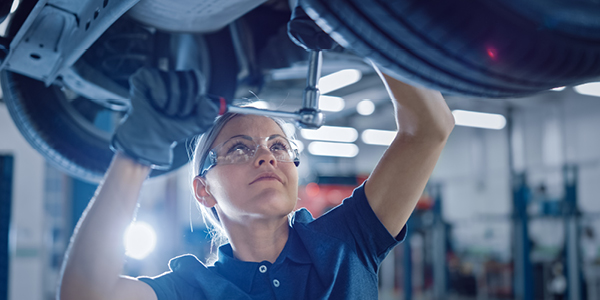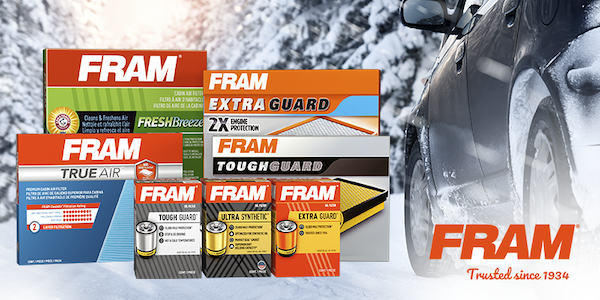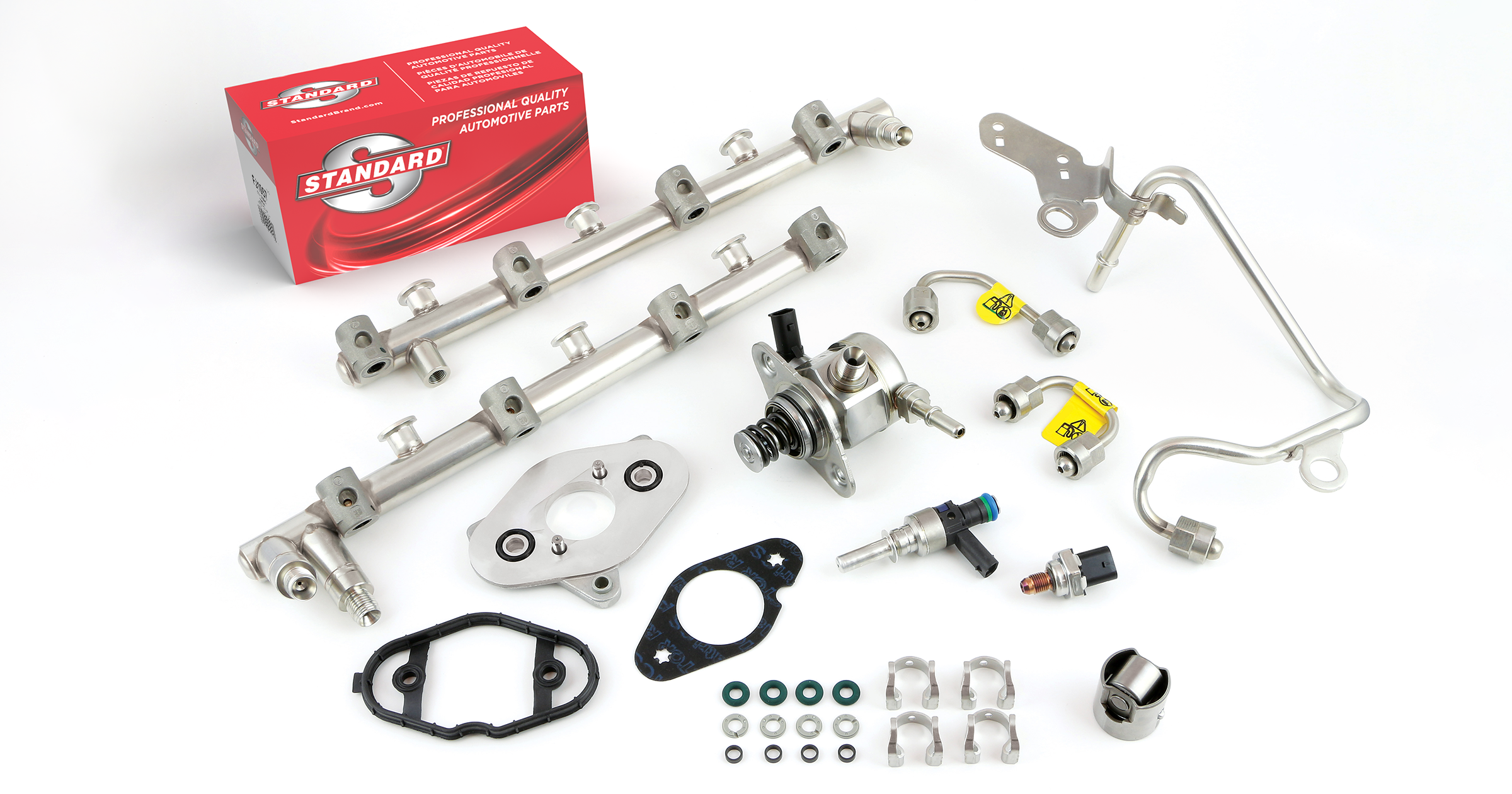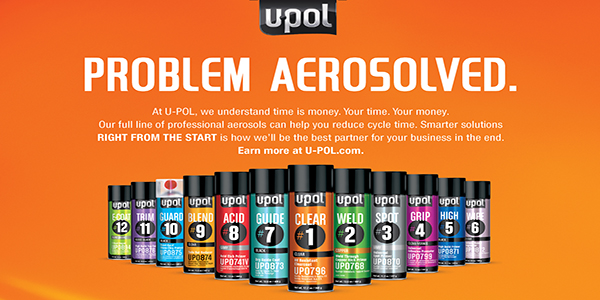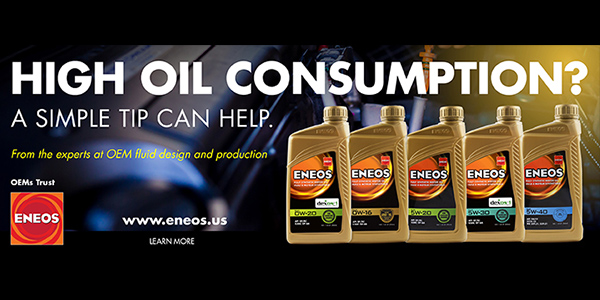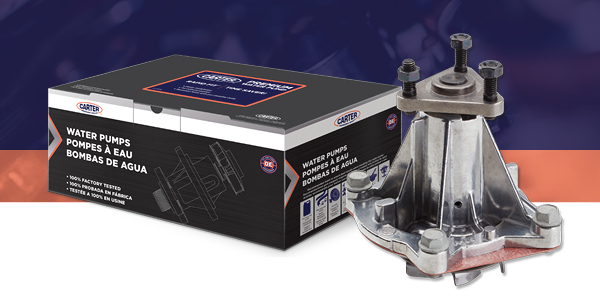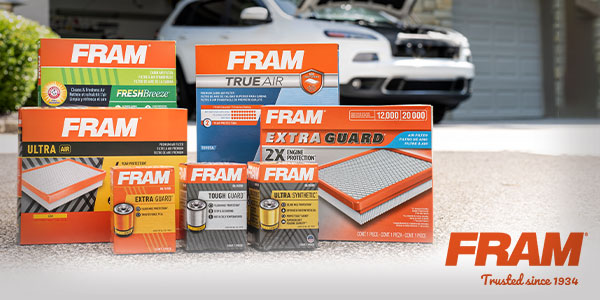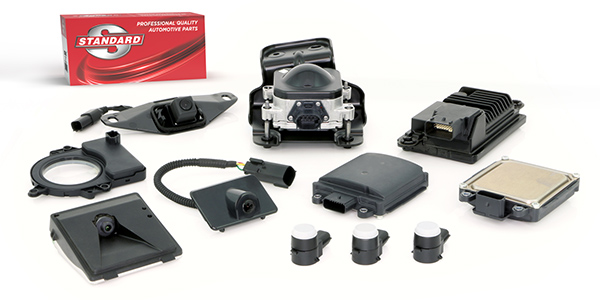“Your transmission is shot.”
Of all the things that can go wrong with a customer’s vehicle, a transmission problem is often one of the most dreaded. That’s because the cost of a transmission rebuild or replacement can run up to $4,000. When faced with a bill this big, many owners of older vehicles decide to start looking for a new car rather than fix the transmission in the current one.
But not all transmission trouble has to break the bank or result in the end of a vehicle’s life. Depending on the severity of the problem, you might be able to save your customer thousands of dollars by recommending a chemical repair product designed specifically for transmissions.
But which one? There are a number of transmission stop-leak and repair products on the market. Some are designed specifically for automatic transmissions or manual gear boxes. Others were developed to take on the complexity of continuously variable (CVT) or dual-clutch (DVT) transmissions. Additional considerations when choosing the right product include evaluating exactly what’s wrong with the customer’s transmission. What symptoms are they seeing? Low transmission-fluid levels and puddles under the vehicle? A warning light? Slipping, jerking and shudder?
Reading product labels or even visiting the manufacturer’s website can help you choose the right product to recommend. Or you can save your customer time and money by recommending an all-in-one product that stops leaks and improves shift performance on most cars, trucks and vans regardless of transmission.
You’ll have them back on the road in no time.
This article was sponsored by Bar’s Leaks. Stop Leaks. Not Life. For more information, visit barsleaks.com.

